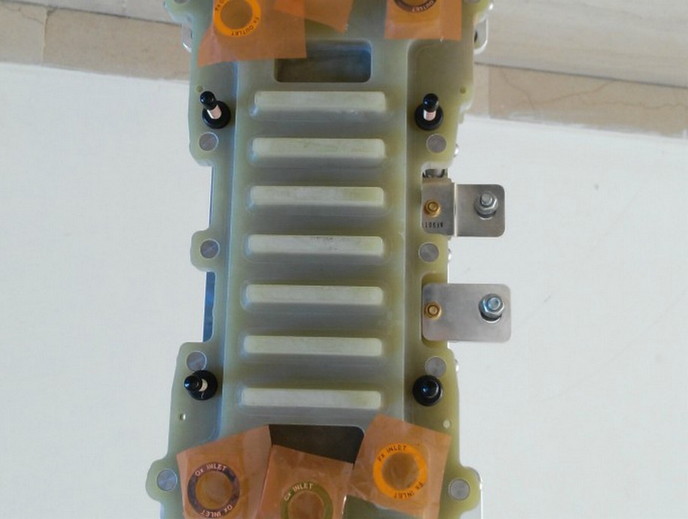Rapid screening of separation membranes
Removal of CO2 from gas mixtures such as biogas to increase the purity of the methane constituent has numerous benefits. It increases the energy content of natural gas and decreases its cost. It also reduces emissions that contribute to global climate change and prevents CO2 liquidification in the pipelines during transport. With EU support of the COMMOF (Composite membranes with metal organic frameworks for high efficiency gas separations) project, scientists have identified novel highly CO2-selective composite membranes for purification of natural gas. The membranes are composed of polymers in which selective metal organic frameworks (MOFs) are embedded. These 3D porous cage-like compounds can be formed from virtually limitless constituents of metals and organic molecules. They are gaining rapid ground for applications in gas adsorption and separation. Building on other work showing the potential of MOFs to improve the performance of polymeric separation membranes, the team developed detailed models and computational algorithms of MOFs, membranes and the separation process. They were used to rapidly screen the myriad of possible combinations. Initial screening of the MOF database and modelling of pure MOFs and MOF polymer composites showed that both systems are great performers in CO2 separation. Even pure MOFs significantly outperform traditional CO2 separation membranes. After comparing various theoretical permeation models, scientists used the best predictive model to evaluate the performance of 80 new MOF/polymer composite membranes composed of 10 different MOFs and 8 different polymers. Results showed that MOF filler particles in polymers could significantly enhance the permeability of pure polymers. Researchers also showed that including electrostatic interactions between the adsorbate and the MOFs was crucial in the case of pure MOF membranes. It became important for composites as the volume percentage of MOF increased. COMMOF produced a very powerful tool for MOF/polymer modelling and rapid screening of CO2-selective composite membranes. It enabled identification of new composites from thousands of candidates through its application. Results have led to seven publications in peer-reviewed scientific journals and more are in review. Along the way, the project trained a new generation of highly skilled researchers in the critically important overlap of MOFs, membranes and CO2 capture.







